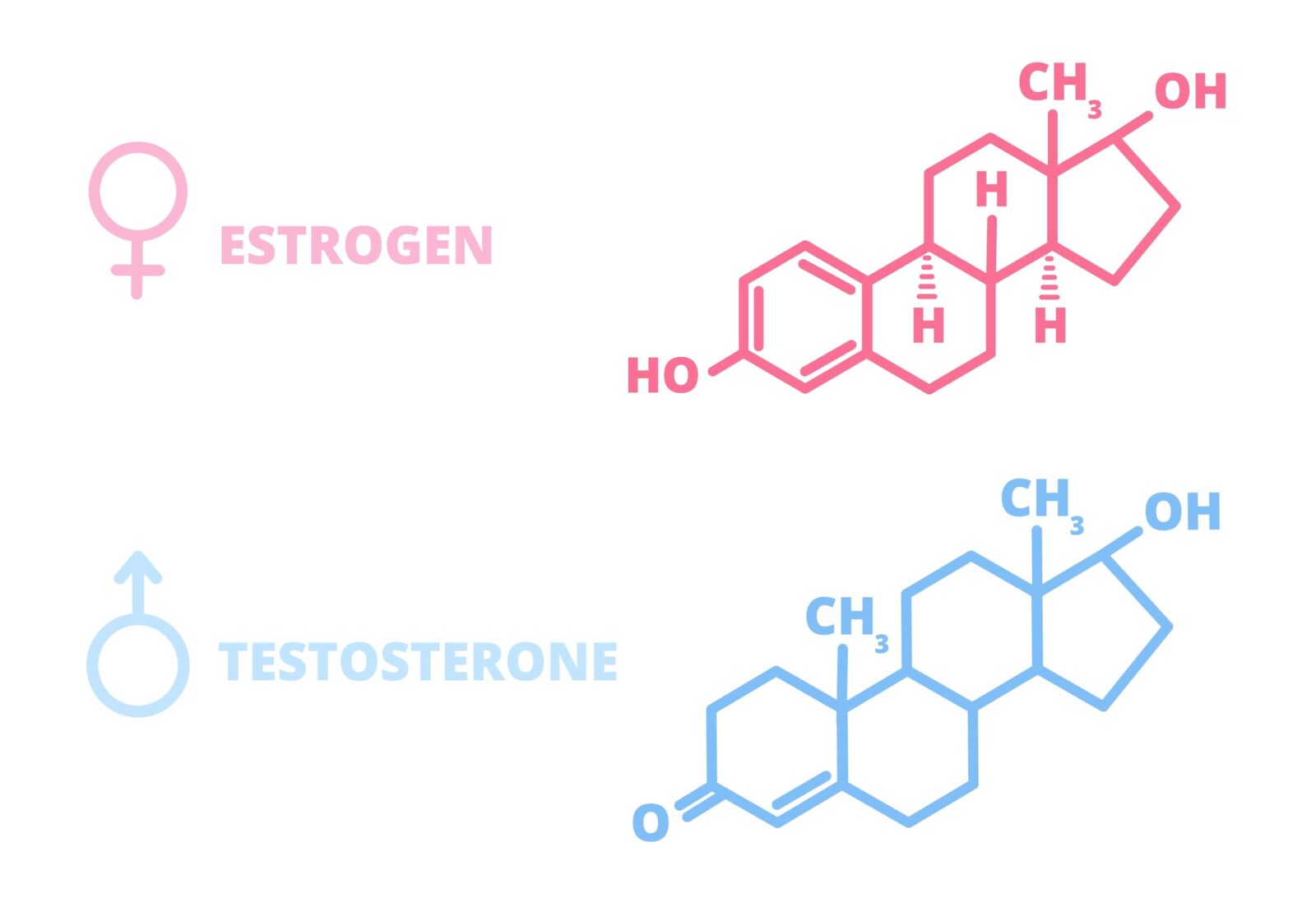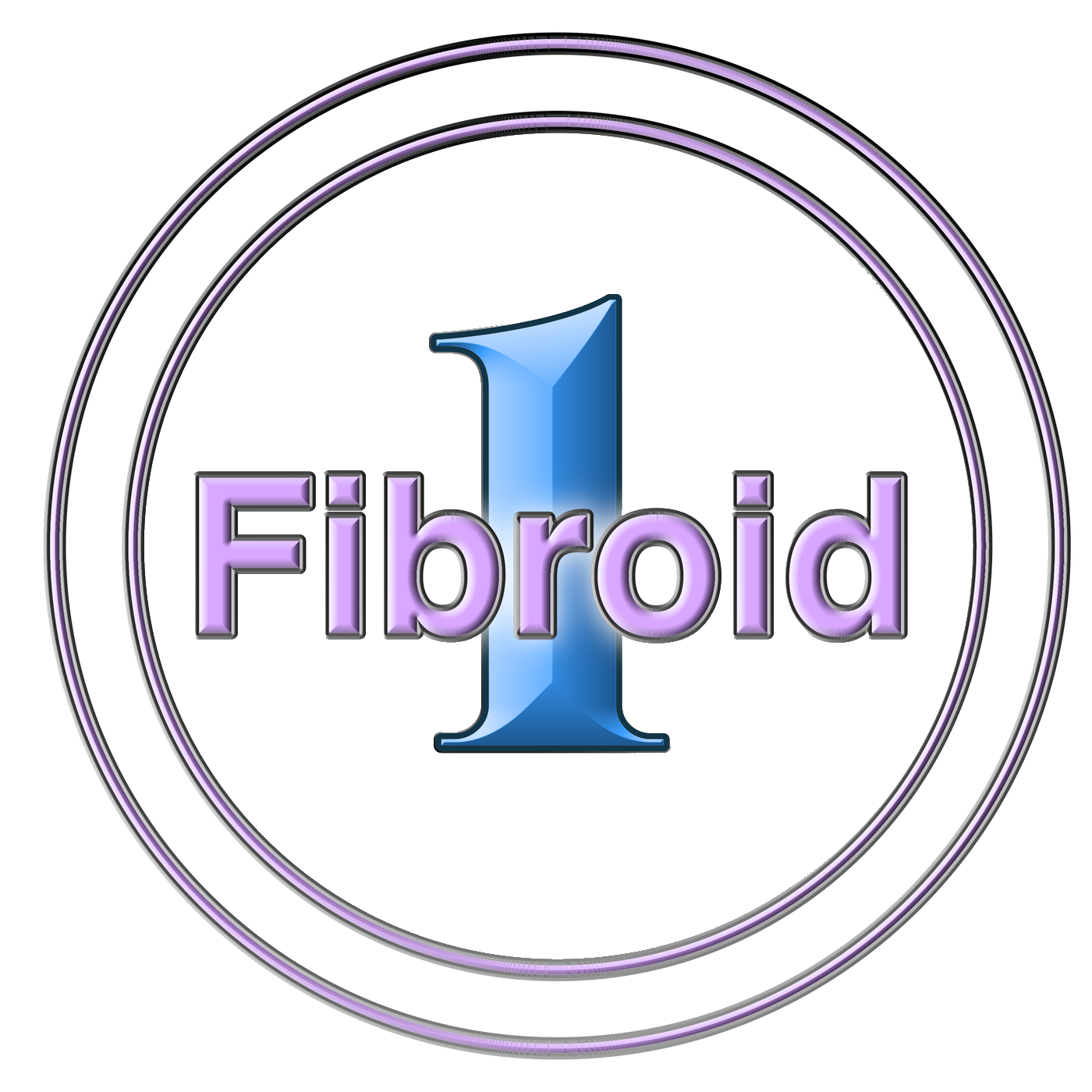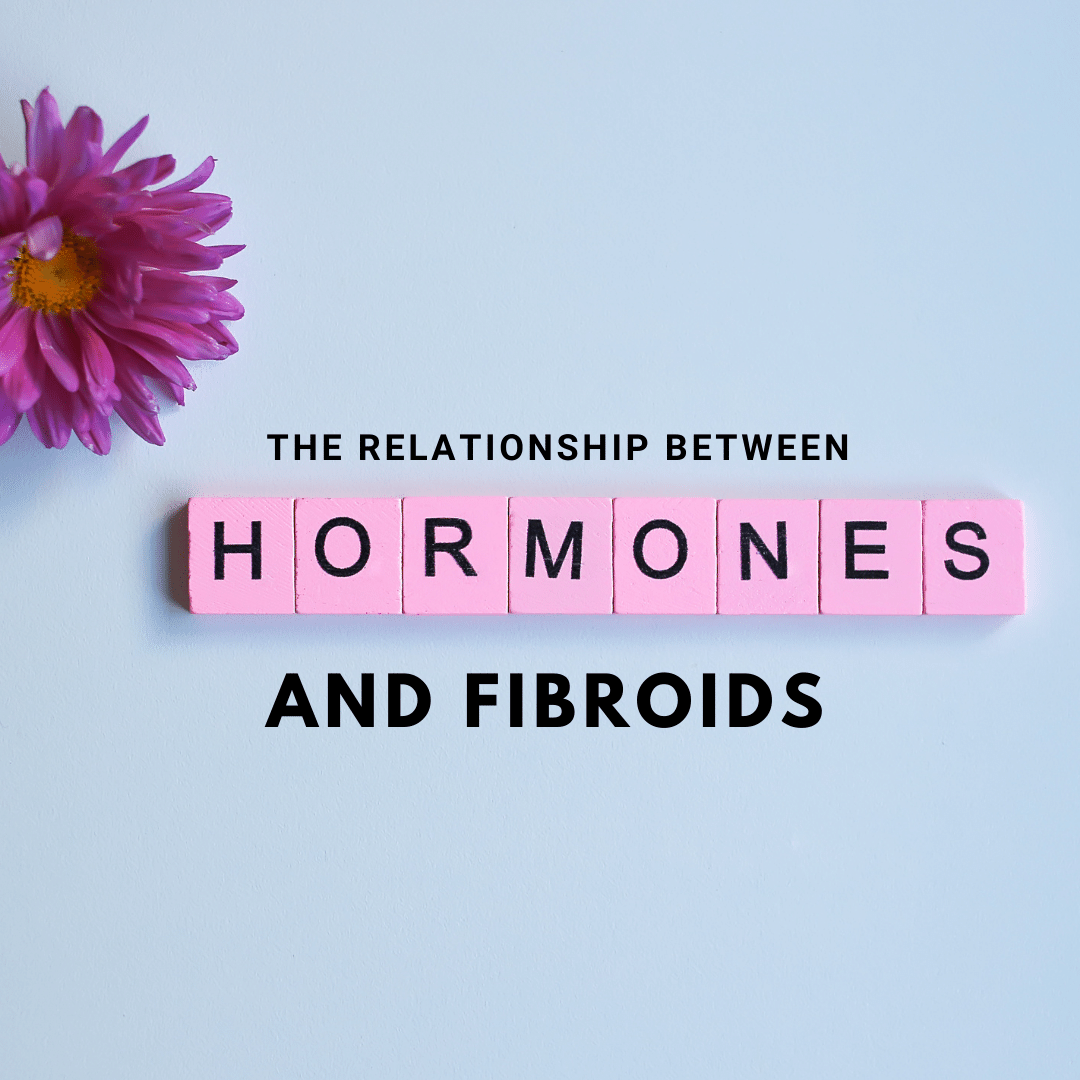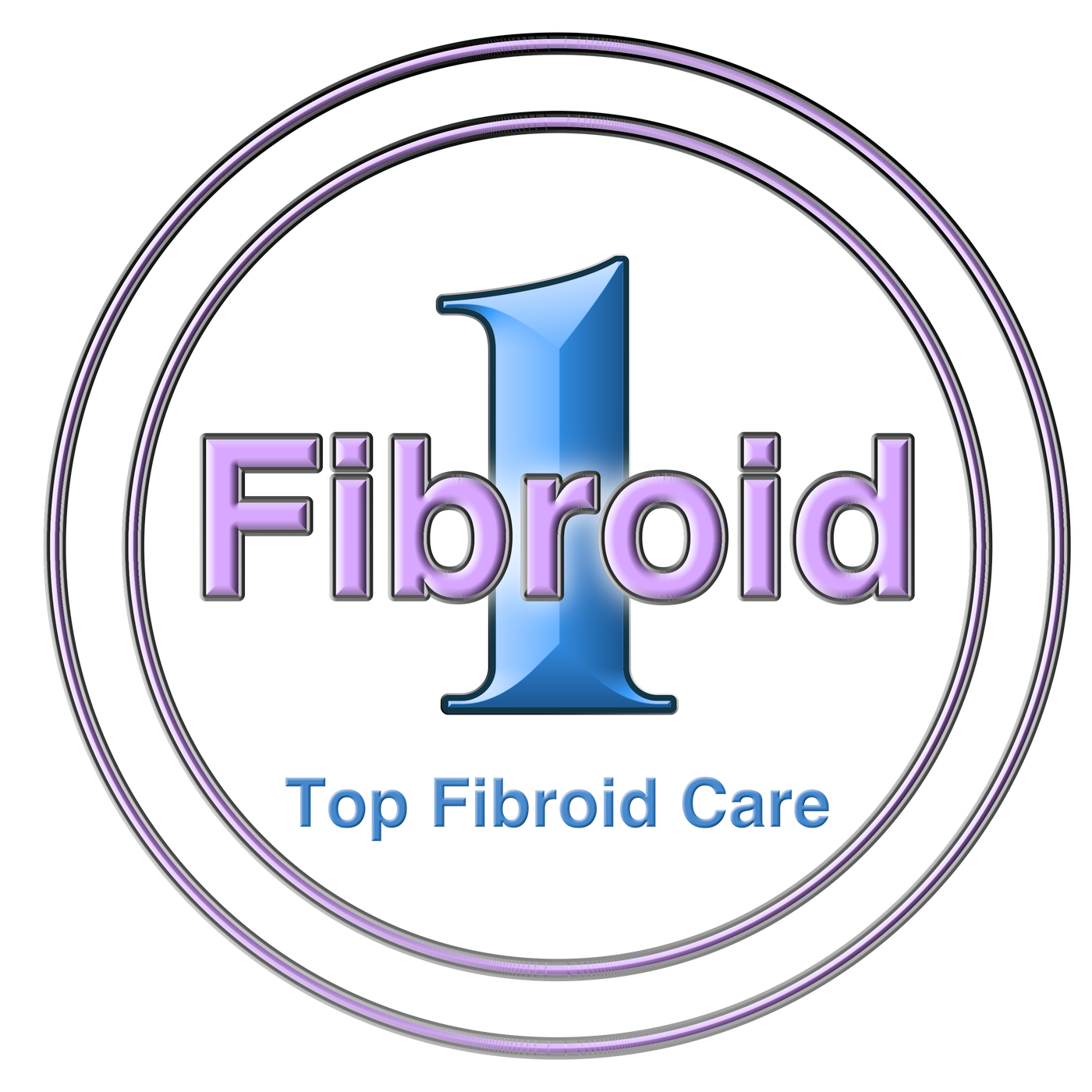Uterine fibroids are a common condition that affects millions of women each year. While the cause of uterine fibroids is unknown, there is a clear relationship between hormones and these tumors. In this blog post, we will discuss what fibroids are, the symptoms they cause, and the hormones associated with them. We will also talk about how hormonal treatment methods can help reduce or eliminate the symptoms of uterine fibroids. Finally, we will list and describe different hormonal treatment methods and how to know which method is best for you.
Uterine fibroids are non-cancerous tumors that grow in the uterus. Uterine fibroids can cause a wide range of symptoms, including pain, heavy bleeding, and infertility. Symptoms of uterine fibroids can vary depending on the size, location, and number of tumors present. However, the most common symptom is pelvic pain or pressure. Other symptoms may include:
- heavy or prolonged menstrual bleeding
- bleeding between periods
- pain during sexual intercourse
- frequent urination
- constipation
- back pain
How are hormones related to fibroids?
While the cause of uterine fibroids is unknown, there is a clear relationship between hormones and these tumors. Estrogen and progesterone are the two main hormones involved in the development of uterine fibroids. However, testosterone may also play a role.

Estrogen
Estrogen is a hormone that is produced by the ovaries. Estrogen is responsible for the development and growth of the uterine lining during the menstrual cycle. It also plays a role in the development of uterine fibroids. When estrogen levels are high, it can promote the growth of fibroid tumors.
Progesterone
Progesterone is a hormone that is produced by the ovaries. Progesterone is responsible for preparing the uterine lining for pregnancy. It also helps to control the growth of the uterine lining during the menstrual cycle. If an egg is fertilized, then progesterone levels increase. Otherwise, progesterone levels will fall and a new menstrual cycle will start. When it comes to fibroids, progesterone can limit the growth of fibroids. However, insufficient levels of progesterone cannot stop the growth of fibroids when estrogen levels are high.
Testosterone
Recently, testosterone levels in women have also been evaluated for their effect on fibroids. Although primarily known as a male sex hormone, testosterone is also naturally produced by females in small amounts. A new study indicates that females with high levels of testosterone were 1.3 times more likely to develop uterine fibroids. This risk increased when combined with high levels of estrogen.
Does Hormone Therapy Work?
Although hormone therapy is often used as a treatment for fibroids, it is important to note that hormone therapy does not eliminate fibroids. Instead, hormone therapy can regulate the menstrual cycle, decrease severe symptoms, and may shrink fibroids in some cases. Once hormone therapy is stopped, fibroids will start growing again. Not only that, but hormone therapy may also cause side effects that are similar to symptoms experienced during and after menopause. These can include: weight gain, hot flashes, vaginal dryness, mood swings, changes in metabolism, and infertility. For these reasons, your doctor may recommend combining hormone therapy with another treatment designed to remove fibroids. In some cases, they may recommend against hormone therapy and may suggest another treatment entirely.
In order to shrink fibroids, uterine fibroid embolization (UFE) may be recommended. UFE is a minimally invasive procedure that blocks the blood supply to the fibroids, causing them to shrink. This approach significantly reduces symptoms and often prevents the need for more invasive procedures. UFE is often performed as an outpatient procedure and does not require anesthesia.
Myomectomy is a surgical option for treating fibroids. Myomectomy involves removing the fibroid tumors while leaving the healthy tissue of the uterus intact. Myomectomy can be performed using various surgical techniques, including laparoscopic surgery, robotic surgery, and open surgery. Hysterectomy is another surgical option that involves removing the entire uterus. This is usually only recommended when other treatment options have failed or if the fibroids are very large.
In Conclusion
In this blog, we discussed what uterine fibroids are, their symptoms, and the relationship between hormones and fibroids. We also reviewed some of the treatment options that are available, such as hormone therapy, uterine fibroid embolization (UFE), and surgical options. If you suspect that you may have fibroids, it is important to talk to your doctor so that they can properly diagnose and treat you.












